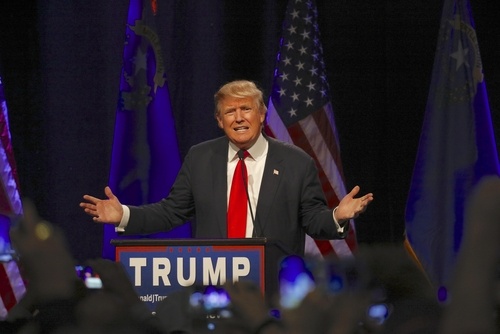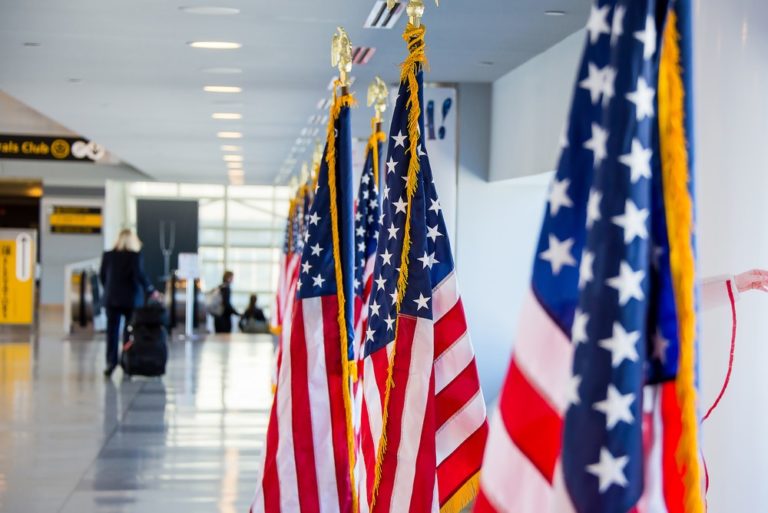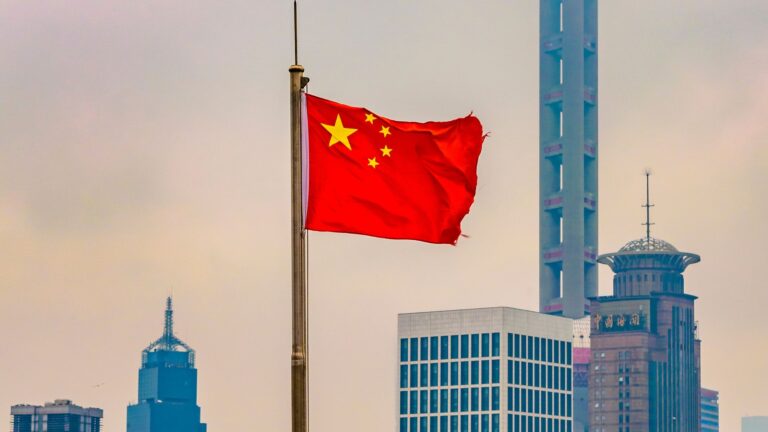Key Takeaways:
– The Forbidden City’s Palace Museum is home to 1.86 million artifacts, but only a small fraction are on display.
– A dedicated team of restorers works tirelessly to preserve and restore centuries-old treasures.
– A new facility opening this October will boost the number of artifacts restored and displayed annually.
– The museum’s collection spans nearly all Chinese art forms from prehistoric times to the modern era.
Hidden Treasures: Behind the Scenes of the Forbidden City’s Restoration Workshop
Deep within Beijing’s historic Forbidden City, a quiet workshop hums with activity. Here, skilled restorers dedicate their days to bringing centuries-old artifacts back to life. With precise tools and meticulous care, they clean, repair, and restore treasures that havelain hidden for years. These artifacts, part of the Palace Museum’s vast collection, are being prepared for future display.
The Palace Museum, located in the heart of Beijing, is one of China’s most iconic cultural institutions. Home to 1.86 million artifacts, the museum showcases the country’s rich history. Yet, only a small fraction of these treasures are on display at any given time. The rest are stored away, waiting for their turn in the spotlight—or, in some cases, waiting to be restored to their former glory.
A Decade of Preservation Efforts
Over the past decade, President Xi Jinping has emphasized the importance of protecting China’s cultural heritage. This call to action has sparked a wave of preservation efforts across the country. The Forbidden City’s restoration workshop is at the heart of this movement.
In the brightly lit studio, restorers wear latex gloves as they carefully tend to their precious charges. With cotton buds, fine brushes, and specialized tools, they work to clean, buff, and restore everything from ancient scrolls to intricately designed jade pendants. Every item is treated with the utmost care, as these artifacts are not just objects—they are pieces of history.
One restorer carefully touches up a peeling statue head, while another applies a protective liquid to a Qing Dynasty scroll. The attention to detail is staggering. “Each restoration is unique,” explained Ma Yue, head of the museum’s Calligraphy and Painting Conservation section. “We must restore each part of the material based on its original style, structure, and aging.”
A New Era for Preservation
This October, the Palace Museum will unveil a new facility designed to boost the number of artifacts restored and displayed each year. This expansion is a significant step forward in the museum’s mission to showcase China’s cultural treasures.
The new facility will provide more space and resources for restorers, allowing them to work on more artifacts than ever before. This means that even more of the museum’s hidden treasures will soon be seen by the public.
A Century of History
The Palace Museum was established in 1925, after the last emperor of China, Pu Yi, was evicted from the Forbidden City. Today, it celebrates its 100th anniversary, marking a century of preserving and showcasing Chinese art.
The museum’s collection is vast and diverse, spanning thousands of years. It includes paintings, calligraphy, bronzeware, gold and silverware, ceramics, and textiles. Together, these artifacts tell the story of China’s artistic evolution from prehistoric times to the modern era.
However, the museum has not been without its challenges. During the 1930s, hundreds of thousands of artifacts were removed to protect them from invading Japanese troops. Many of these pieces were later taken to Taiwan by the Nationalists after the Chinese Civil War in 1949.
Surviving Turbulent Times
The museum’s history is not without turmoil. In 1952, it established its first conservation team, recruiting skilled craftsmen descended from artisans who once worked in the Qing dynasty’s imperial workshops. Their expertise has been invaluable in restoring and preserving the museum’s collection.
But during the Cultural Revolution in the 1960s and 70s, the museum faced one of its darkest periods. Valuable artifacts were damaged, destroyed, or stolen by Mao Zedong’s Red Guards, who targeted anything deemed part of the bourgeoisie. Many of these treasures were lost forever.
Despite these challenges, the museum has continued to thrive. Today, it stands as a testament to China’s resilience and its commitment to preserving its cultural heritage.
The Art of Restoration
Restoration is no easy feat. It requires patience, skill, and a deep understanding of the artifact’s history. Restorers must carefully study each piece to ensure that their work aligns with its original design.
For example, when restoring an ancient scroll, conservators must consider factors like the mounting style, material structure, and the aging of colors. Every brushstroke and technique must be precise to maintain the artifact’s authenticity.
This meticulous process ensures that the artifacts are not only preserved but also brought back to their original state. It’s a painstaking job, but one that is crucial for future generations to appreciate China’s cultural legacy.
A Glimpse Into the Past
Outside the workshop, the museum’s public galleries are alive with history. Hundreds of tourists line the red walls of the complex, some dressed in traditional costumes. In the Gallery of Clocks, elaborate golden timepieces gleam softly in the dim light, captivating visitors from around the world.
These artifacts are more than just objects of beauty—they are windows into China’s past. Each piece tells a story, whether it’s a centuries-old painting or a intricately crafted jade pendant.
By restoring these treasures, the Forbidden City’s restorers are ensuring that these stories are preserved for years to come.
The Future of Preservation
As the Palace Museum prepares to open its new facility, the future of preservation looks bright. With more space and resources, the museum will be able to restore and display even more of its hidden treasures.
This expansion is a testament to China’s growing emphasis on cultural heritage. It’s a reminder that preserving the past is not just about saving old objects—it’s about protecting the stories and traditions that define a nation.
In the hands of skilled restorers, the Forbidden City’s hidden treasures are being brought back to life. And as they prepare to take their place in the spotlight, they will continue to inspire and educate visitors for generations to come.










